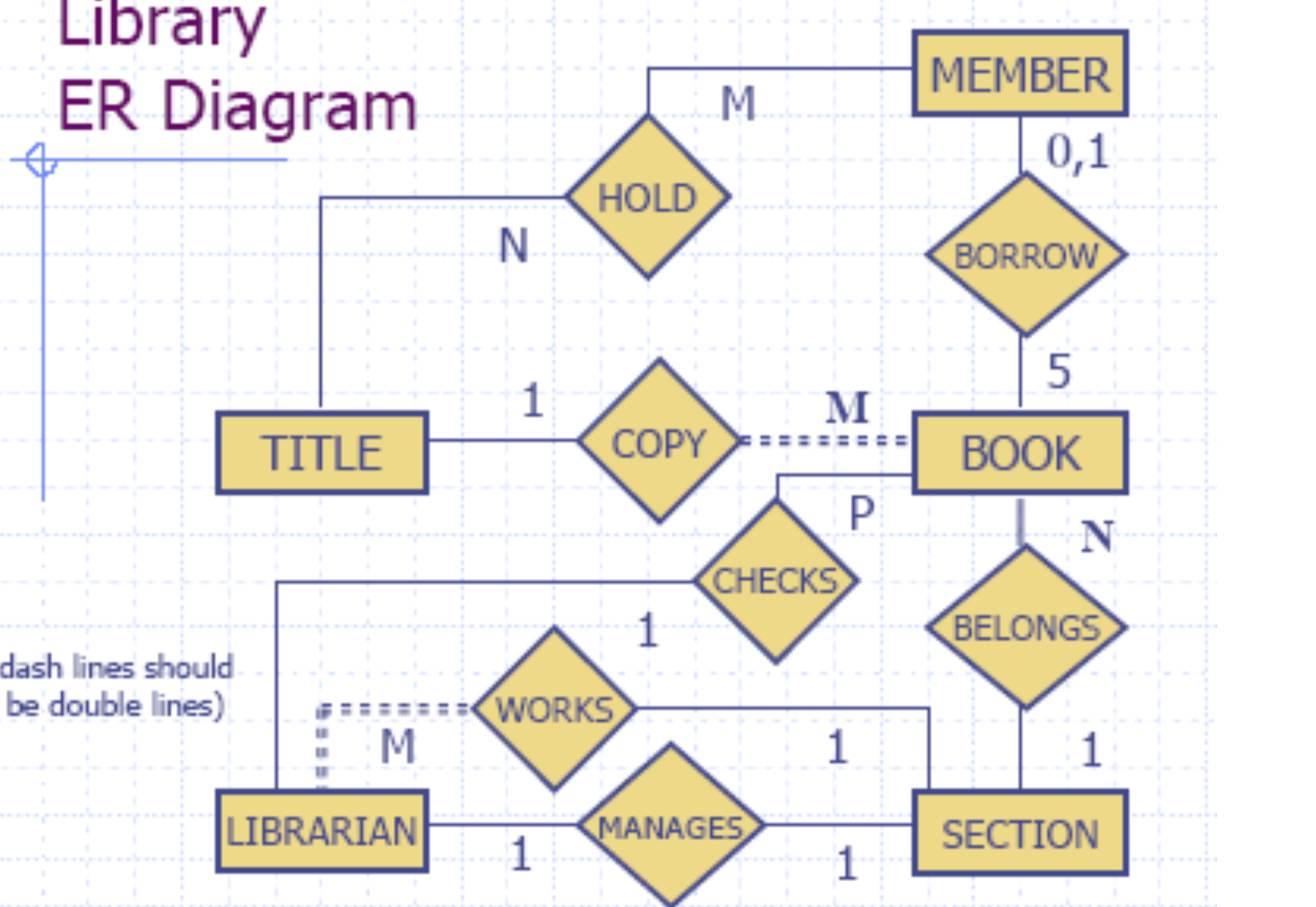

An attribute is a characteristic of an entityusually a noun. Things can also be an abstraction like project names or departments. Youre looking to describe objects that are clearly distinguishable from other objects, like people, places, and things. For example, your core components for a telecommunications company might be WORKERS, CUSTOMERS, CELL PHONES and SERVICE PLANS. Look for concrete objects in the problem domain that you can describe with a noun. An entity is something about which data is collected, stored or maintained. What business rules should we build in? For example, if the BANK ACCOUNT table has one column for owner, then you have committed to having one owner per bank account.The starting point for making an E-R diagram is to identify a few key items from users. If youre familiar with your data, and you know some basic E-R diagram symbols (more on that below), you can build an E-R diagram following a few simple rules.

However, the diagram is built block by block, based on elements which you define. Once you have the diagram, you can convert it to a set of tables.Įntity Relationship Diagrams can quickly become very complex and can seem overwhelming to look at for the first time. An E-R diagram (sometimes called a Chen diagram, after its creator, Peter Chen) is a conceptual graph that captures meaning rather than implementation. UML or CRC cards) is to give you a high-level, graphical view of the core components of an enterprisethe E-R diagram. This goal of this predecessor to object modeling (e.g. Simple steps to follow to create the diagram.Įntity-Relationship (E-R) Modeling is one approach to visualize what story your data is trying to tell.This high-level visual tool identifies core components of an enterprise.E-R diagrams capture meaning in your data.


 0 kommentar(er)
0 kommentar(er)
